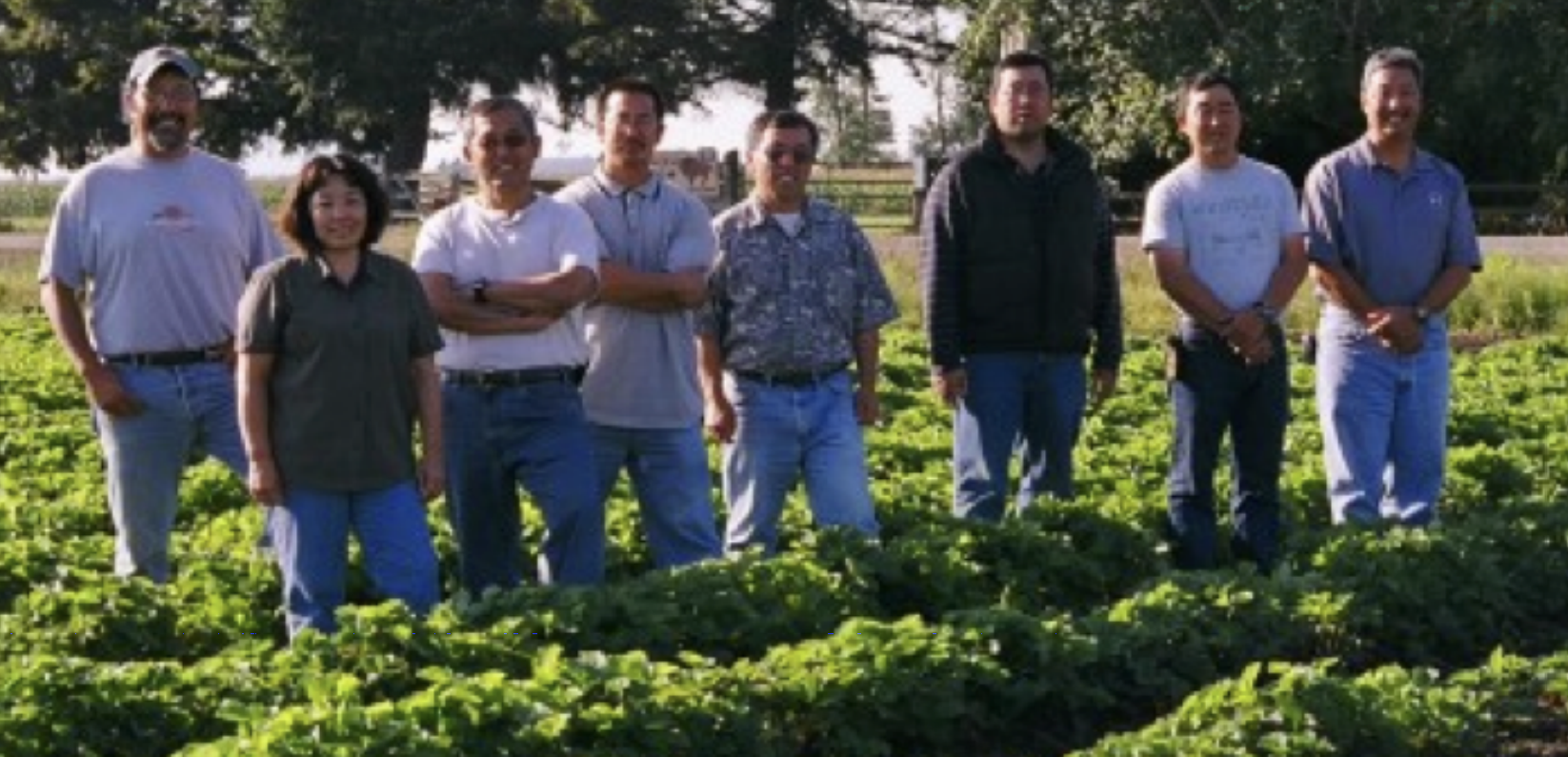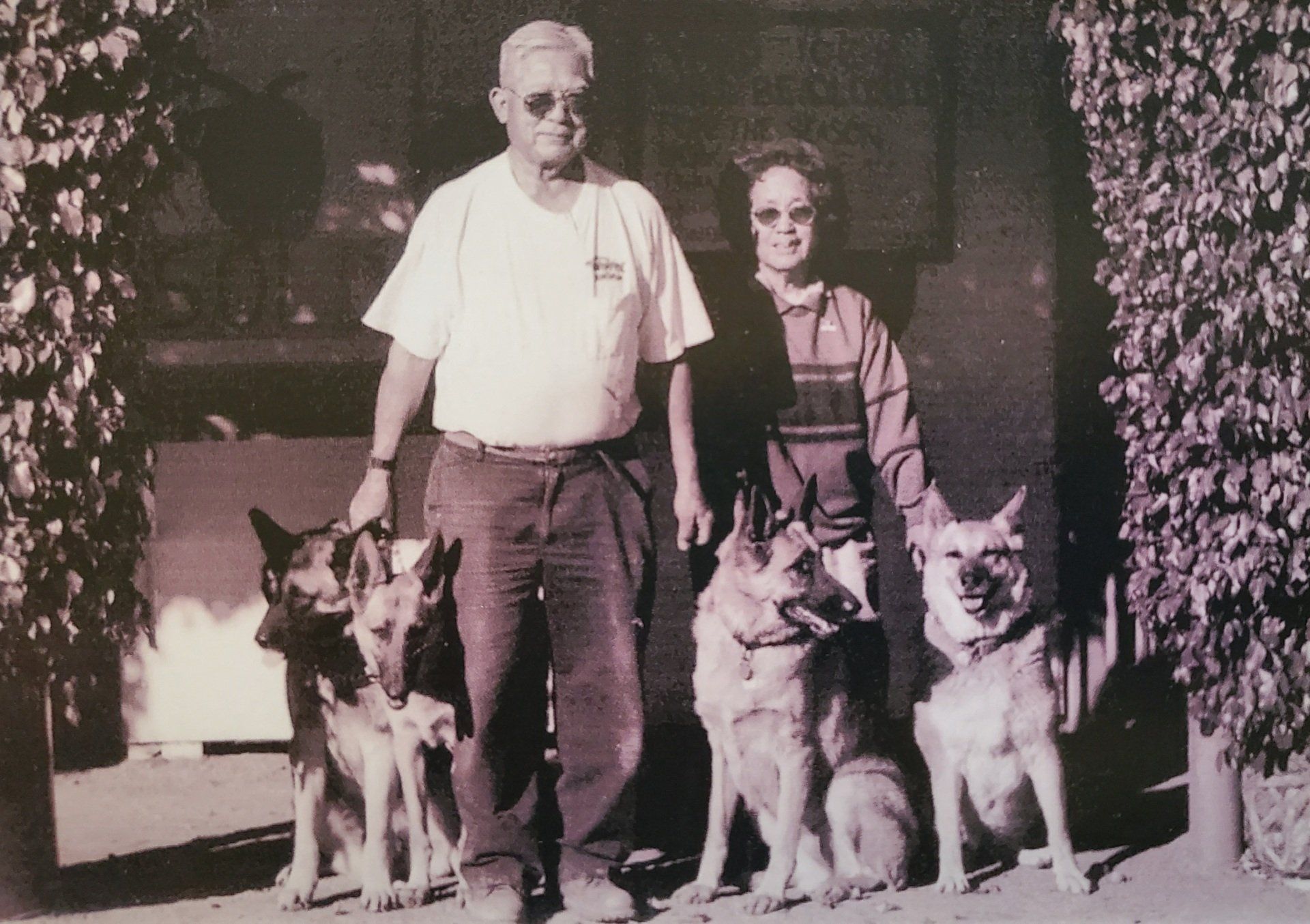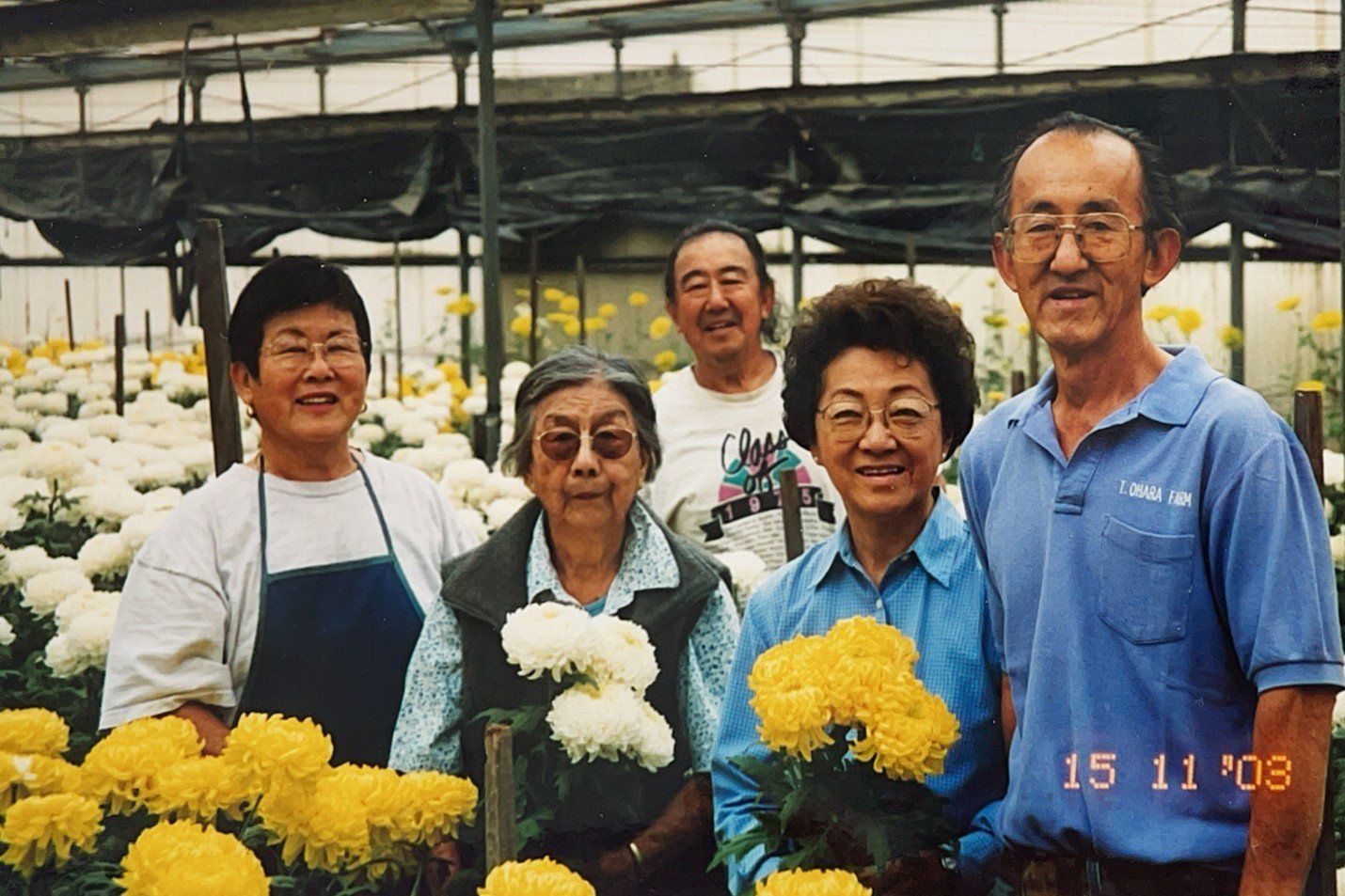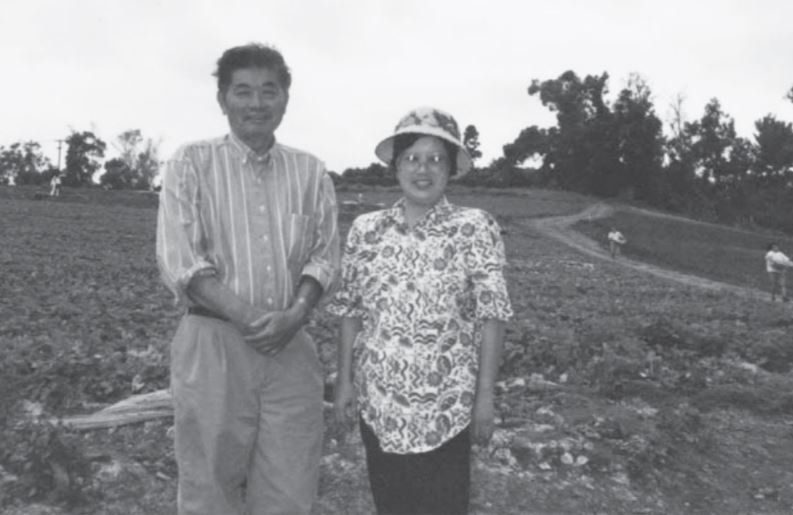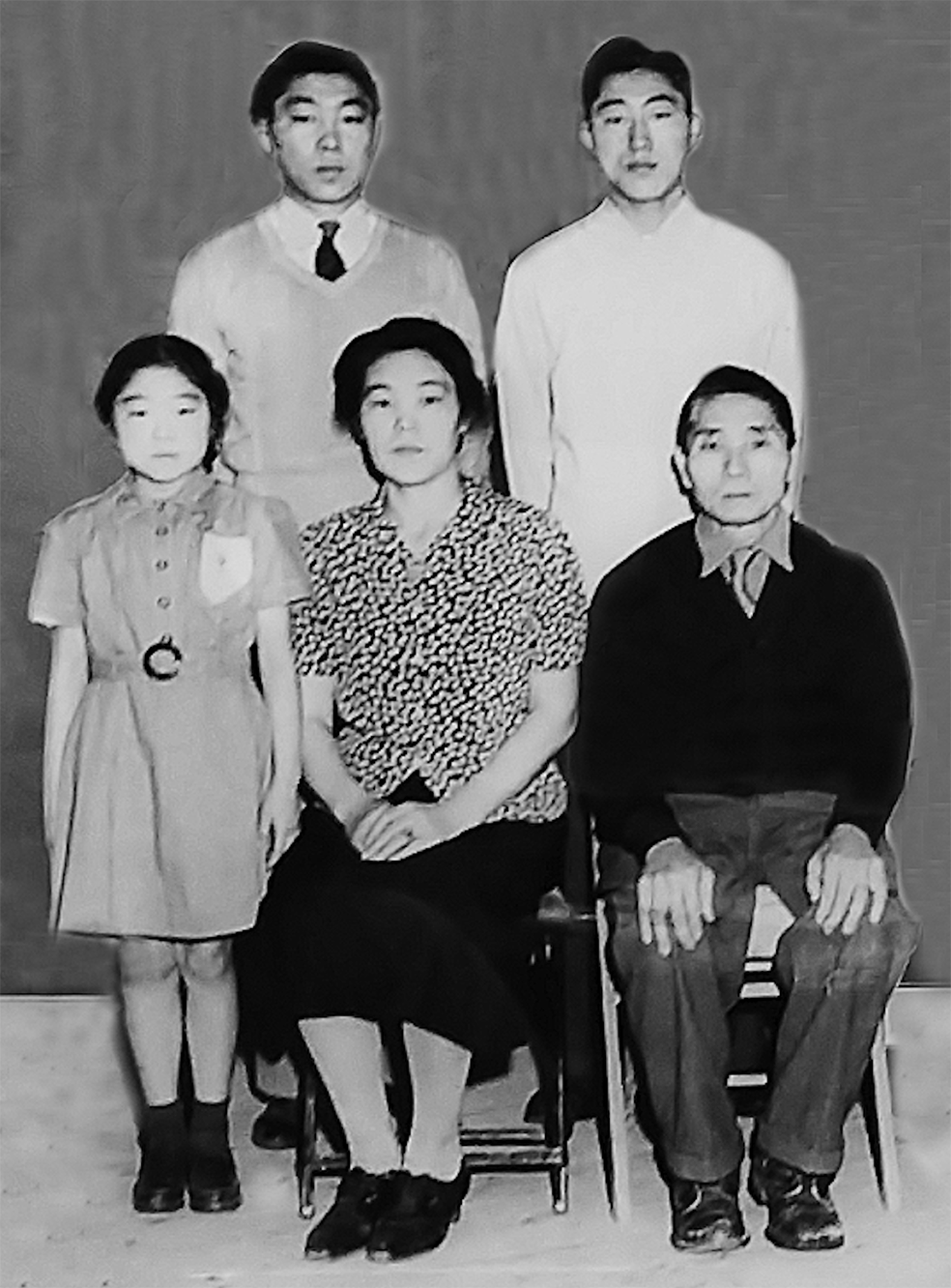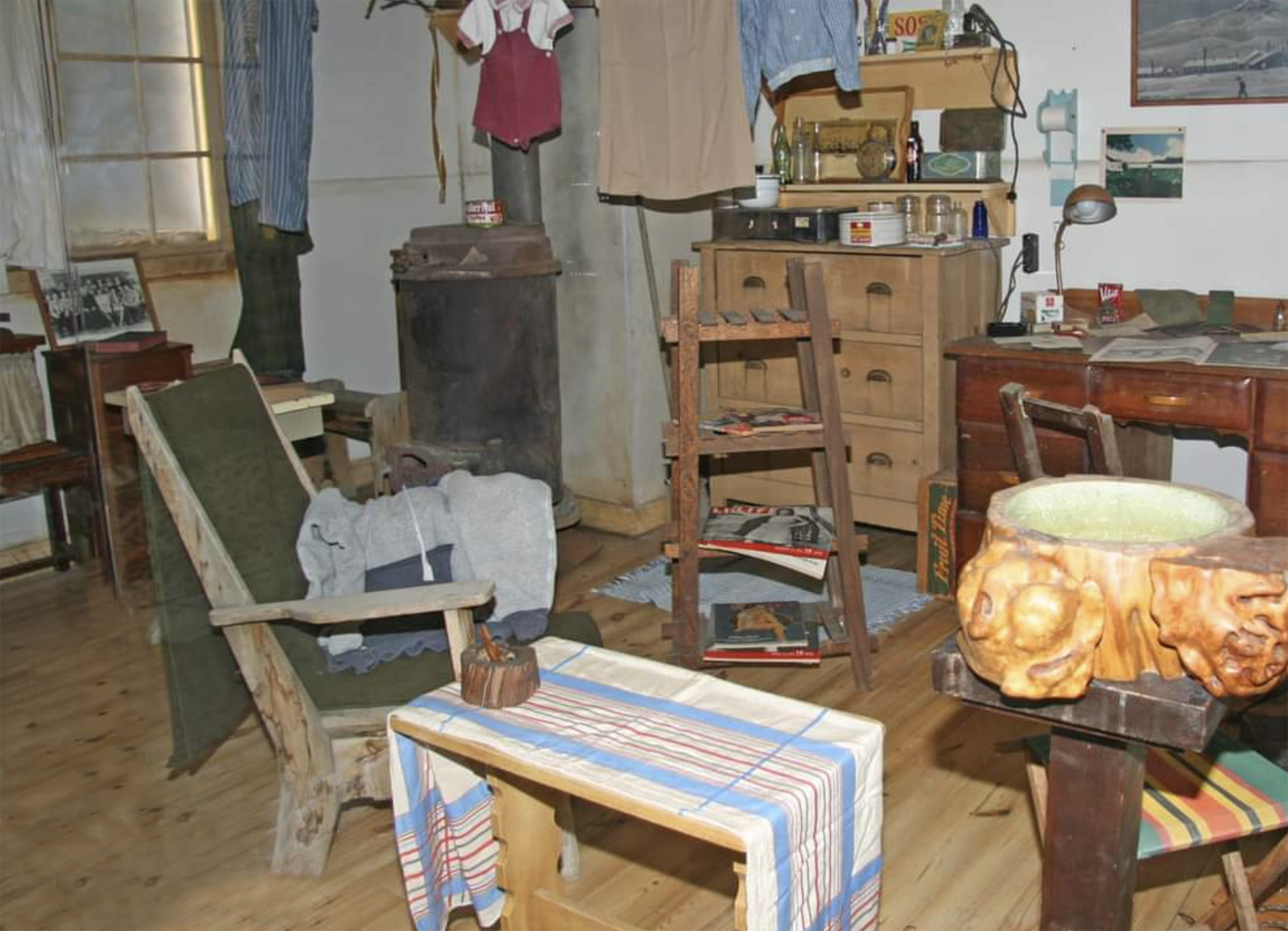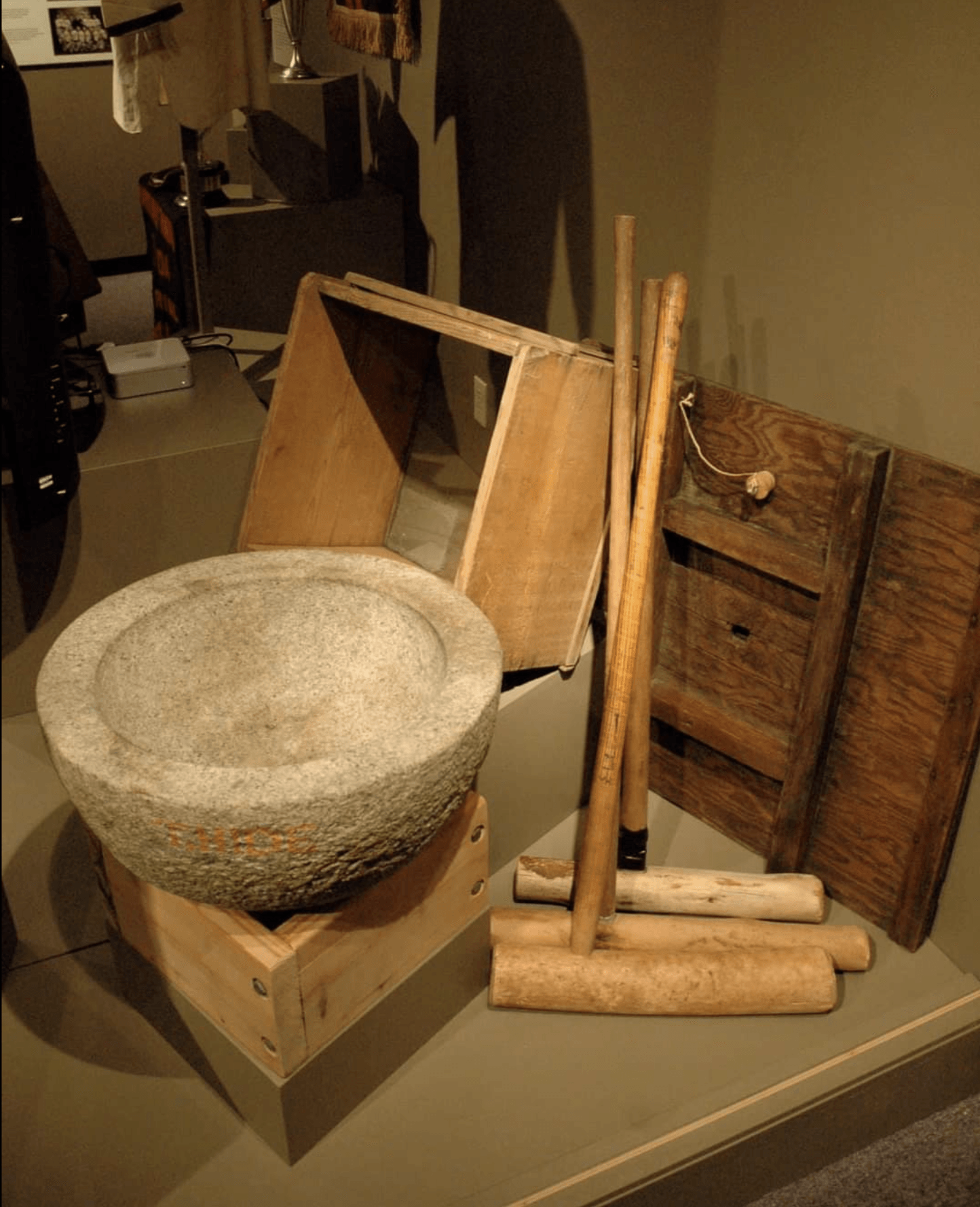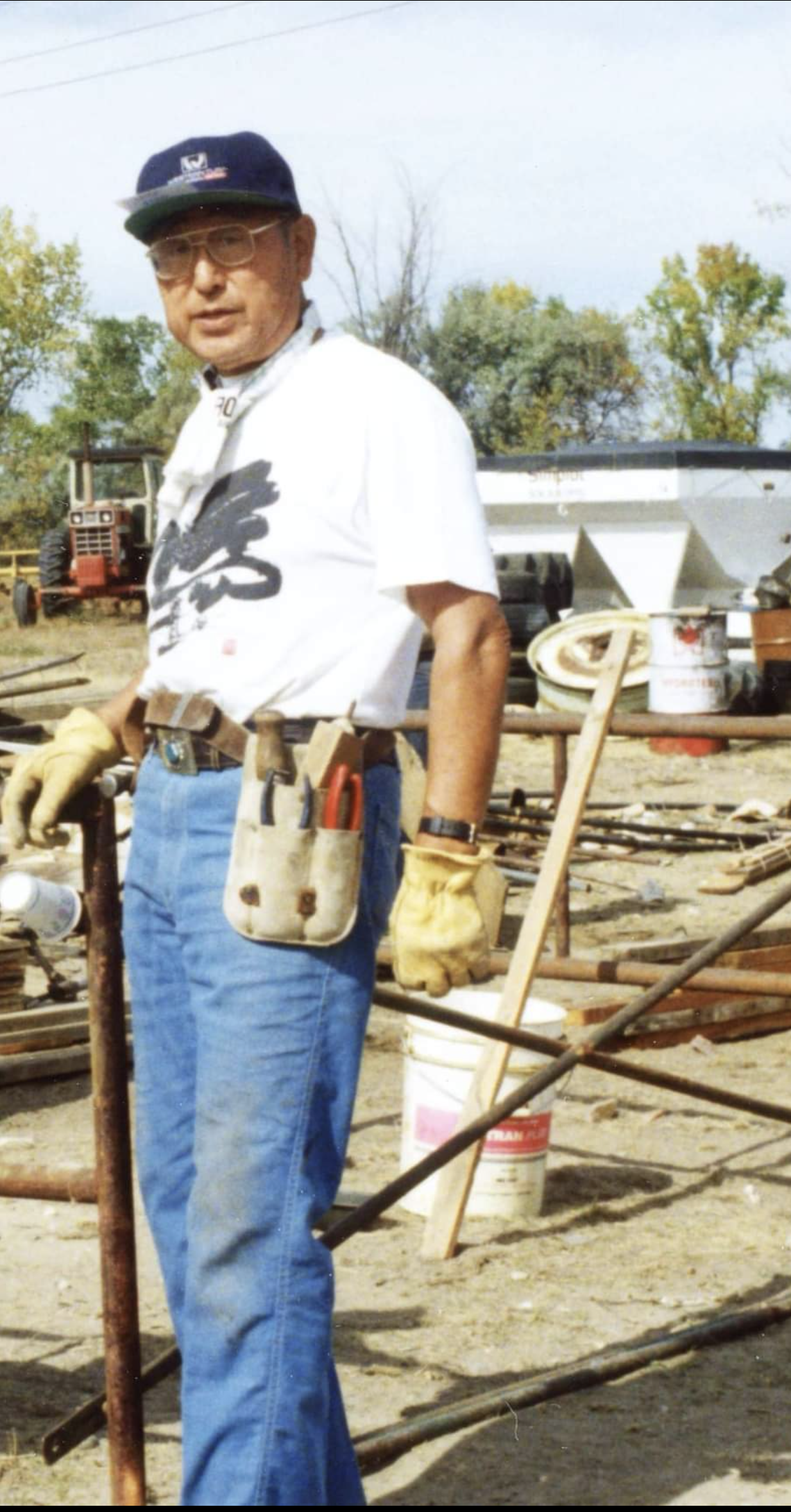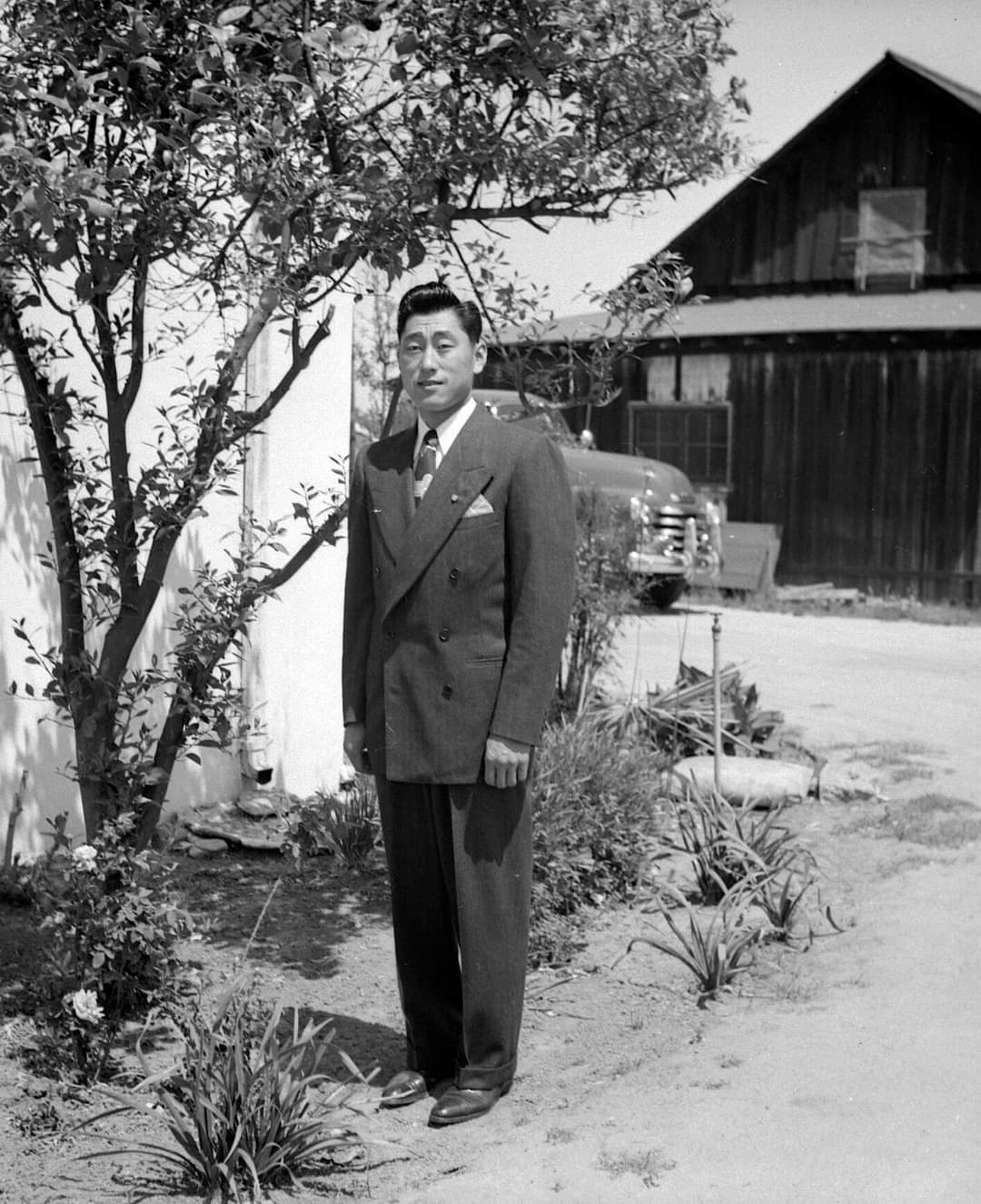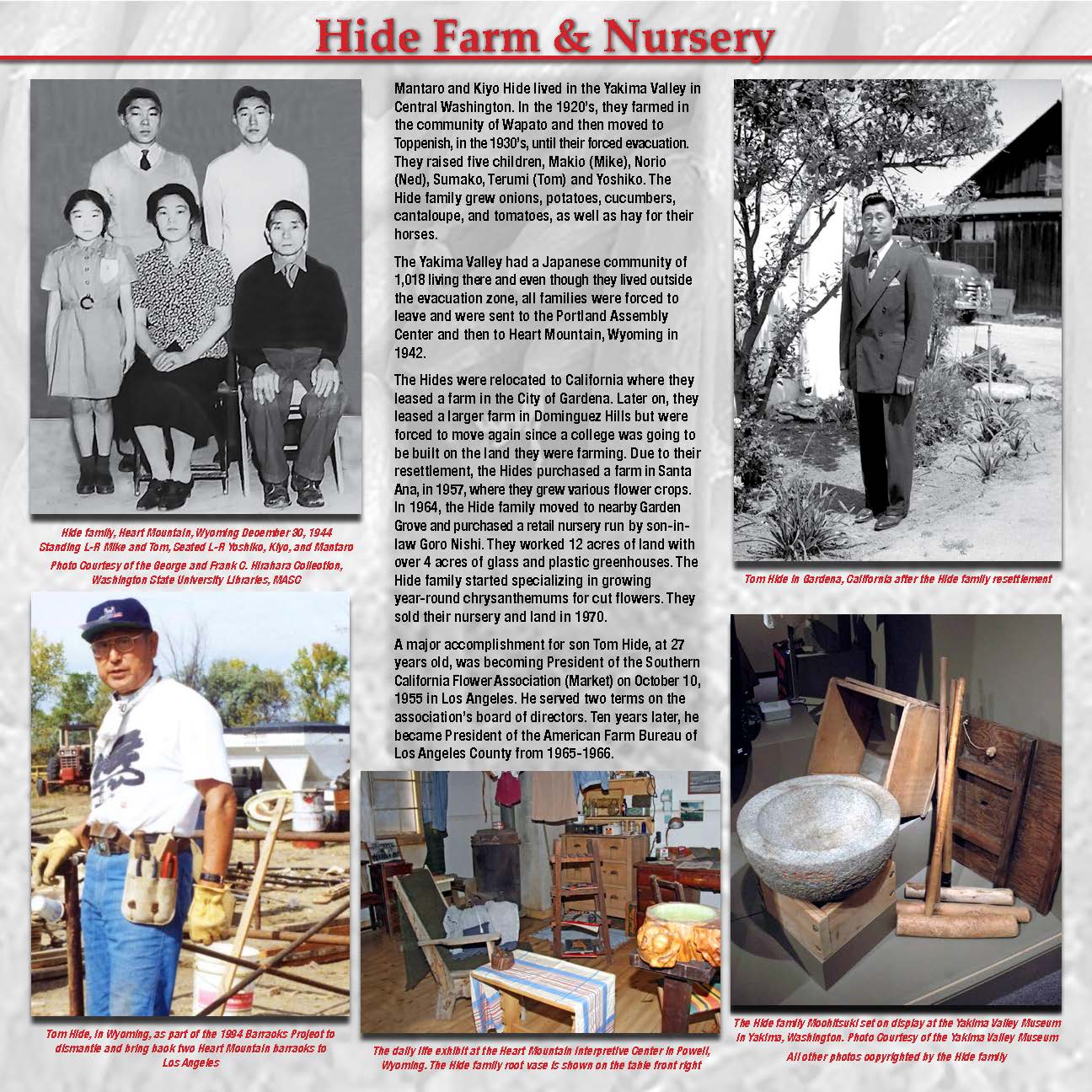Hide Farm and Nursery
Mantaro and Kiyo Hide lived just north of the community of Wapato, Washington, in the early nineteen twenties, farming until they moved to Toppenish in the early nineteen thirties and leased 60 acres. They raised five children: Makio (Mike), Terumi (Tom), Yoshiko, Norio (Ned) and Sumako. The Hide family grew onions, potatoes, cucumbers, cantaloupe, watermelons, and tomatoes, as well as hay for their horses.
War came, and a little over a thousand Japanese were forced to leave the Yakima Valley even though they were originally living outside the evacuation zone. The family was sent to Heart Mountain, Wyoming. Tom Hide wrote, “It seems no matter how far away you’ve relocated or how long you’ve been away—one always refers to the ‘Valley’ as home.”
After the war, the Hides leased a farm in Gardena. Their next move was leasing a larger farm in Dominguez Hills. The Hide family had to move again, since a college was going to be built on the land they were farming. After blood, sweat, and tears, the Hides purchased a farm in Santa Ana and from there Tom Hide was able to buy a retail nursery and 12 acres in the city of Garden Grove in partnership with his brother-in-law Goro Nishi, who ran the retail nursery after selling his farm in Yakima. In 1970, the nursery and land was sold. Tom Hide then worked in sales for a national plant propagator until his retirement.
At just 27 years old, Tom Hide became President of the Southern California Flower Association (Market) on October 10, 1955 in Los Angeles. Tom also served two terms on the Board of Directors. Ten years later, he became President of the American Farm Bureau of Los Angeles County from 1965-1966.
Hide Family, Heart Mountain, Dec. '44
Hide Home
Mochitsuki
Tom Hide on the Farm
Tom Hide

